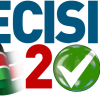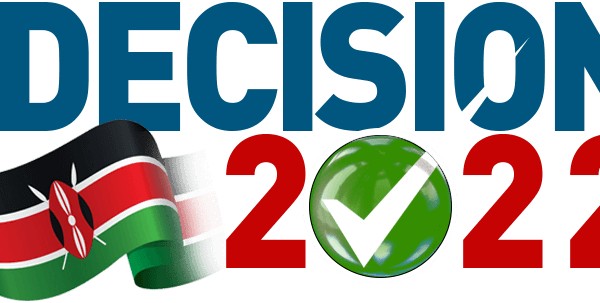As it appeared in the Daily Nation on Nov 24th 2015
Lucy Kiruthu
For those whose financial year is ending in December, the planning period is almost coming to the end. A key activity of this planning process has been the approval of the 2016 budgets. The process of getting this done is daunting. I recall having to put in so many hours to get the figures for the department I was heading in tandem with the sort of projected financial statements that the finance team needed when I was in mainstream corporate Kenya. In the midst of all the financial planning, it is very easy to forget to put plans in place that address customer retention and loyalty.
Customer satisfaction, loyalty and retention do not just happen. They require putting in place a plan that addresses a key player in the organization’s income statement. Such planning ahead requires a good understanding of the customer from end to end. It means understanding the customers’ behaviour, identifying needs that have not been met, being aware of the gaps through which customers are falling off, discovering causes of dissatisfaction and disengagement and then coming up with a plan to address these.
A budgeting process that focuses too much on crunching the numbers may miss out on such aspects in the figures. In fact the solution to most of the customer service challenges that most business face today does not lie in direct budget allocation. I wonder if there is any business that has a budget to drive leadership commitment or to change staff attitude. Though this may often times be allocated within learning and development budgets; its outright connection to customer revenues may be lost.
There is certainly more to the customer experience that staff training. Planning ahead with the customer in mind is beneficial. It helps businesses to identify a myriad of opportunities to improve the customer experience across the organization by looking more keenly at the customer interactions. For example the IT team may identify the need for a new system by looking at customer feedback. The finance team may decide to stop sending the statements if the customers see no need for them. Those in charge of facilities may identify a need to expand the customer’s parking space. The marketing team may opt to focus their marketing campaign to existing customers and so on. What this means is that there is more to planning than putting together a budget. It requires a more in-depth investigation to understand the customer.
A few organizations though take the narrow path. They start by first ensuring that they are all clear on the overall strategic direction before they crunch the numbers. They in addition seek to understand themselves and the environment in which they operate. Once this is done they identify the plan of action which they support with figures that then go into the budget. In doing all this most put the customer at the centre of the discussions. They know too well that without the customers there would be no revenues. They recognize that staying ahead requires planning ahead. We should never forget that a kingpin in making our projected incomes come true is the customer!
Lucy Kiruthu is a Management Consultant and Trainer and can be reached on lucy@evolve-consultants.com/old or via twitter @kiruthulucy









